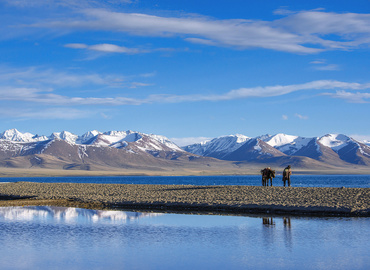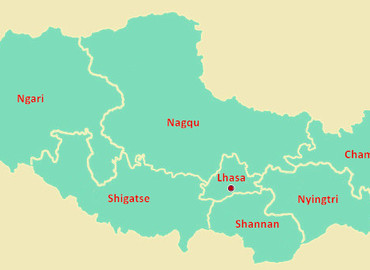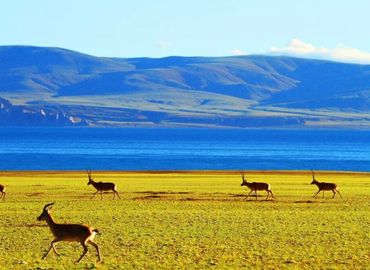Tibetan Buddhism Facts
- Freya
- Last Updated : 08/07/2024
Tibetan Buddhism is the major existence of Tibetan culture. On the snowy plateau, temples, pagodas, prayer flags, the ubiquitous six-word Dharani and Mani stones, magnificent Potala Palace, holy Jokhang Temple, and the Ramoche Temple are all symbols of Tibetan Buddhism. In fact, the connotation of Tibetan Buddhism is far more than these - its unique reincarnation system of living Buddha, the order of specializing Exoteric and Esoteric Buddhism, a tremendous amount of Sutras, as well as murals, statues, Thangka and other Buddhist arts, etc. all contain a huge amount of connotation, which attract people's attention at home and abroad. Here are some facts about Tibetan Buddhism, from which you can understand Tibetan Buddhism better.
1. The symbols of Tibetan Buddhism are Dharma Chakra and deer, which symbolize the everlasting life of Buddhism and the Buddha nature of all things. It also commemorates the first turning dharma Chakra of Buddha Shakyamuni at Sarnath (preaching), and a pair of tame deer kneels down to listen to Dharma. It is generally placed in the middle and right above the main hall.
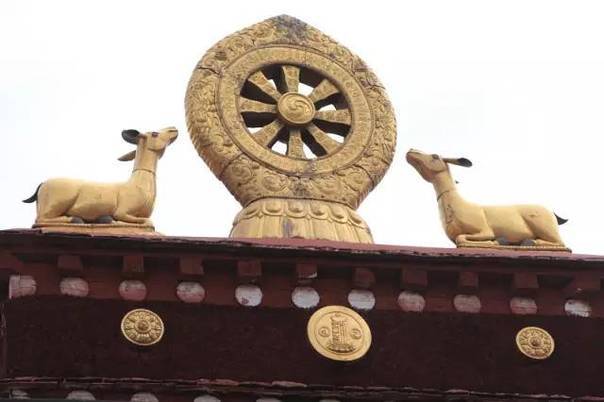
2. The eight auspicious symbols of Tibetan Buddhism are widely used in temples, pagodas, dwellings of Tibetans or Mongolians, costumes and paintings to symbolize luck, happiness, and satisfaction.
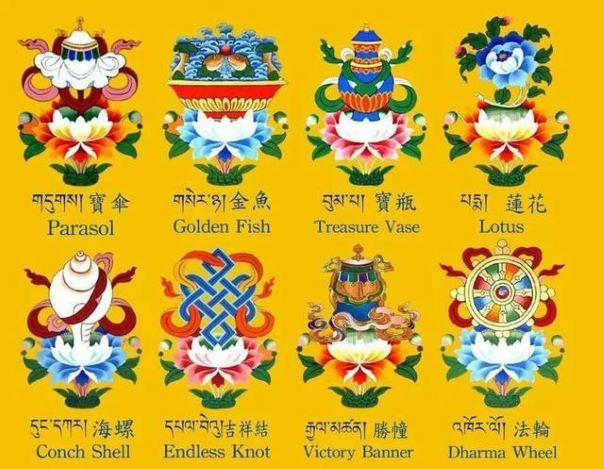
3. The debates of Tibetan Buddhism are very distinctive, which is not only a routine but also a discussion accompanied by exaggerated body movements based on the understanding and application of Buddhist scriptures. The more monks debate about Buddhism sutras, the better understanding they will have. Usually, there are dedicated venues for Buddhist debates in large monasteries such as Sera Monastery.
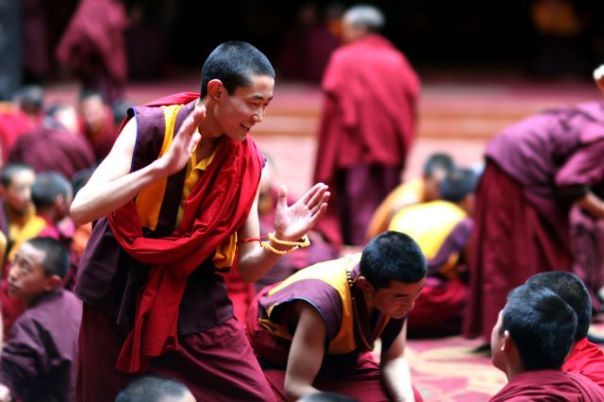
4. Buddha images are not only painted on the walls in temples but also on stones or stone walls, which can be regarded as an incarnation of the Buddha after consecration so that believers can worship Buddha anytime.
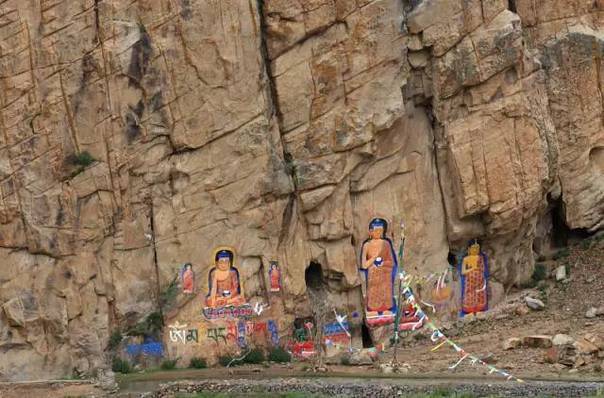
5. In Tibetan Buddhism, sky burial is the most distinctive burial method. According to Tibetan Buddhism, death is to separate the soul from the body. The sky burial is the last almsgiving from the dead by feeding the vultures with the body. It's a sublime act.
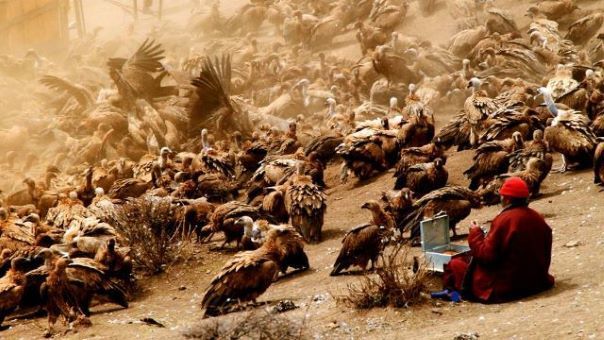
6. The Dalai Lama and Panchen Lama are the two major religious leaders. In Tibetan Buddhism, the choice of leaders is based on the reincarnation system. According to Tibetan Buddhism, the real eminent monks with great achievements are reincarnations of previous living Buddhas. And it's also the reason why they can understand and master dharma in a short time. So they have a very high status in the sect.
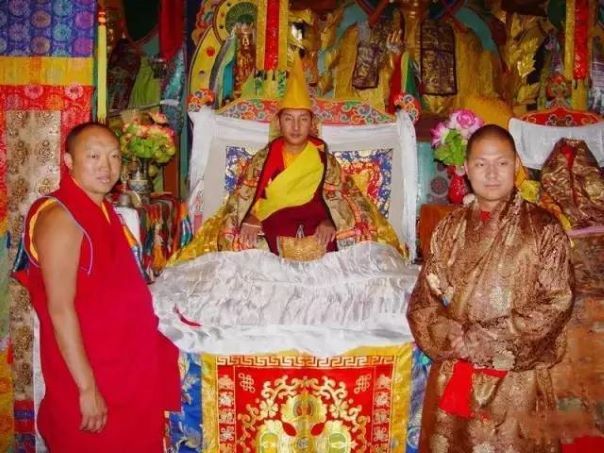
7. In Tibetan Buddhism, monastic women are an important part. They belong to the Nyingmapa, Kadampa, Sakyapa, Kagyupa, and Gelugpa sects. At present, there are so many monastic women across Tibet, Qinghai, Sichuan, Gansu, Yunnan, other Tibetan areas, Inner Mongolia, and other areas where they believe in Tibetan Buddhism.
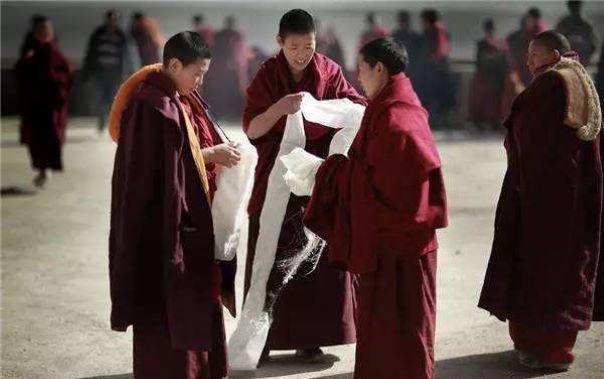
8. Exoteric Buddhism and esoteric Buddhism are the two main divisions of Tibetan Buddhism. And the biggest difference is the way of its practice. Pilgrims can choose to practice exoteric Buddhism or esoteric Buddhism according to their capacity for accepting Buddhism. Tsongkhapa, the founder of the Gelug sect advocates to practice exoteric Buddhism first then esoteric Buddhism. The ultimate goal of both exoteric Buddhism and esoteric Buddhism is to obtain the Buddhahood.
Email response within 0.5~24 hours.


